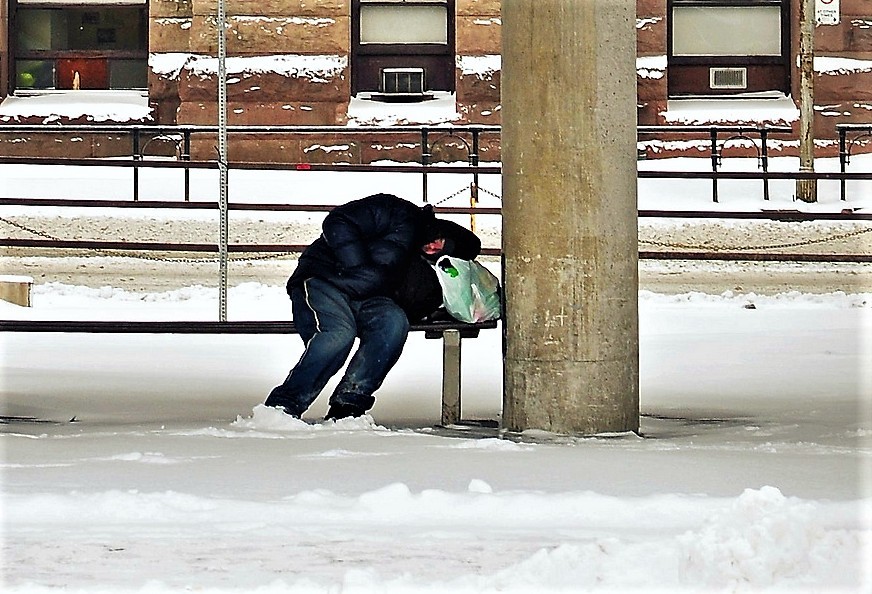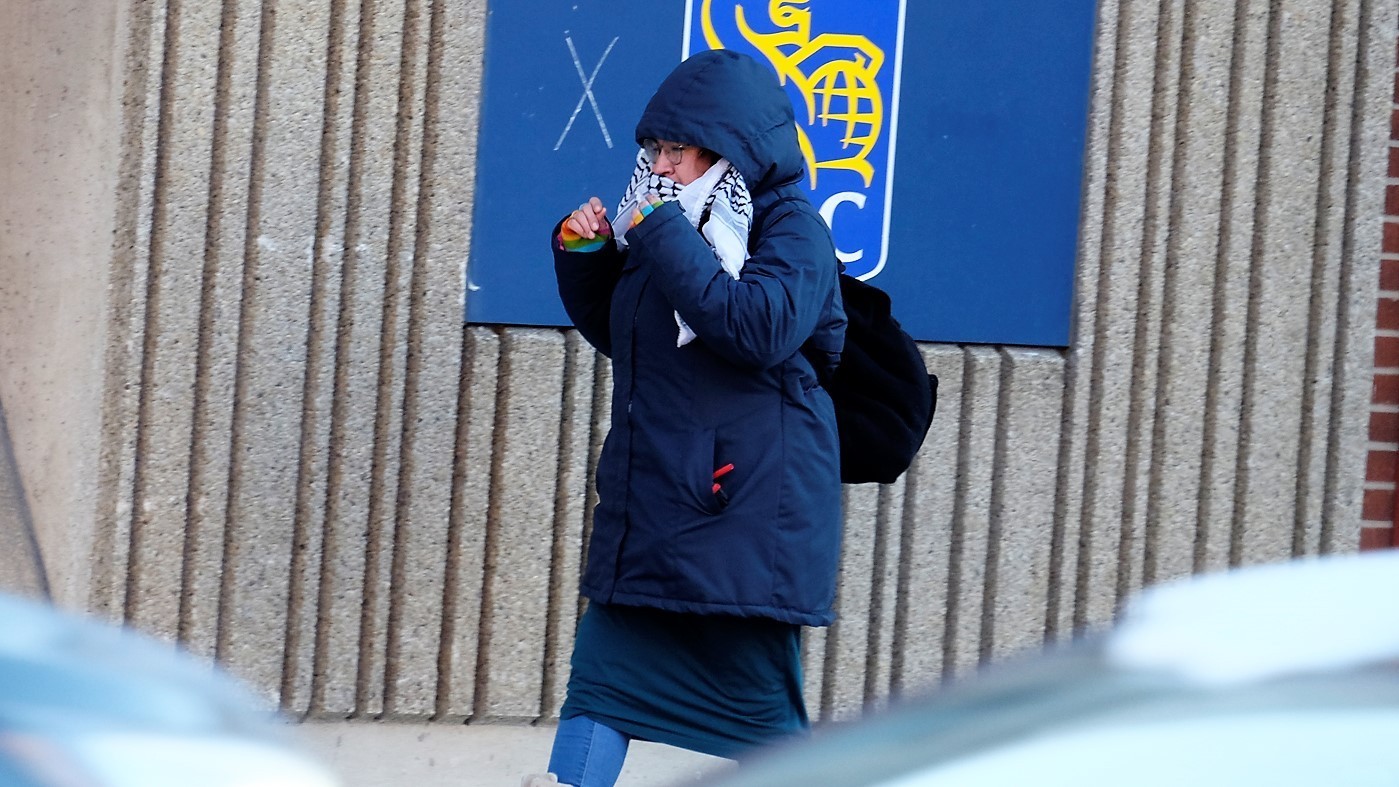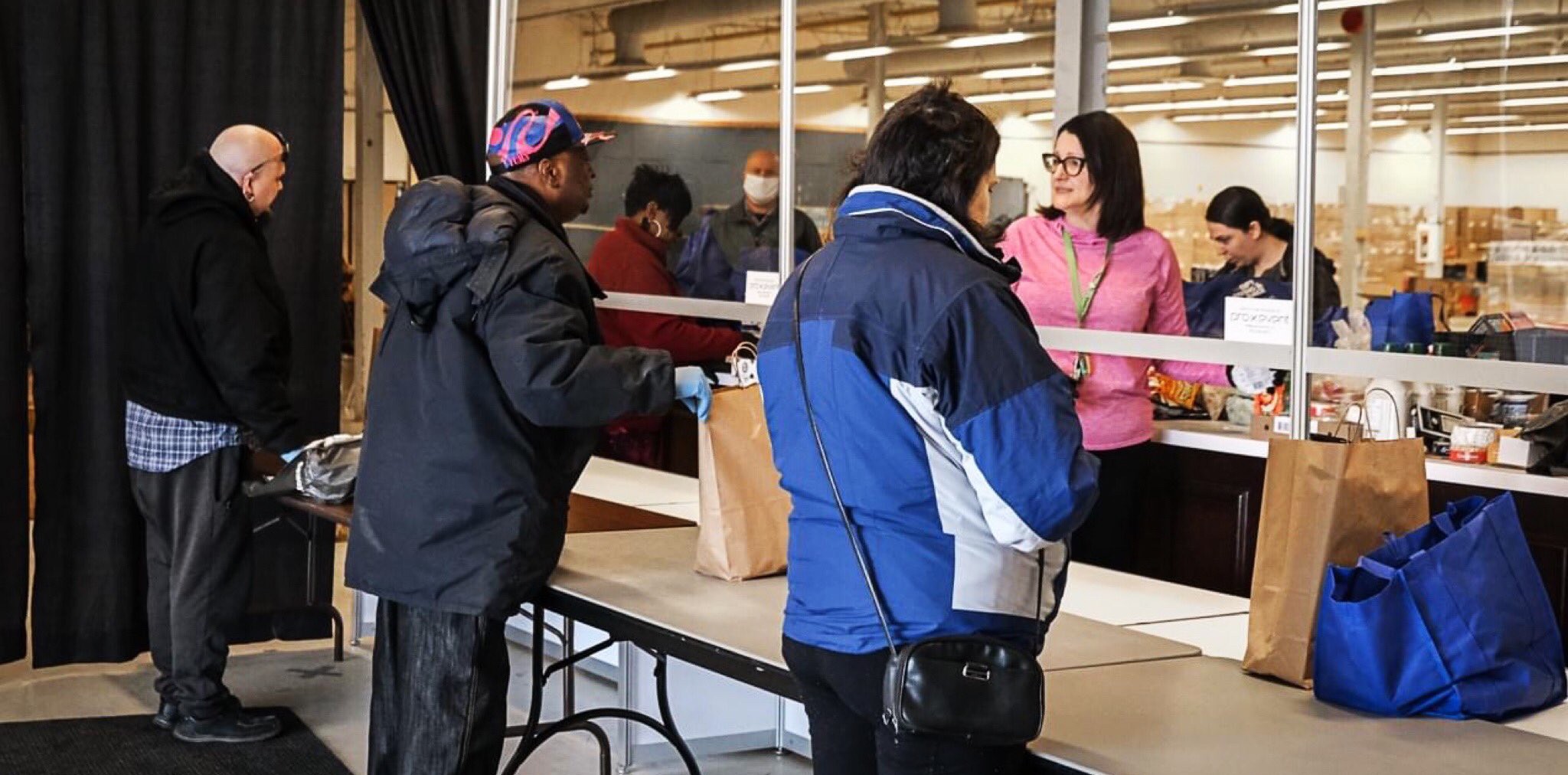
Peel’s homeless population gets badly needed support as winter looms
The above-seasonal temperatures as winter nears would in any other year raise concern over climate change. But in 2020, Mother Nature’s warm embrace well into December has those on the frontlines of Peel’s housing crisis feeling a little more comfortable, for now.
Their relief during this trying pandemic was met with more good news recently when a funding boost by Regional Council was approved for another $550,000 toward homelessness programs.
Frigid nighttime temperatures across Peel in the winter months will be a particular worry this season. The ongoing pandemic has further jeopardized the safety of many already living on the margins of society. Food banks are under unprecedented stress and shelter space has been curtailed by social distancing requirements. Staff across the social services sector are working tirelessly to find solutions ahead of the winter months, which hopefully will continue to provide some seasonal relief. An unusually cold winter, like the one that crippled much of the country two years ago, could prove devastating.

With the cold temperatures of winter approaching, supports for Peel's homeless population are needed fast.
Lesley Hudson, a spokesperson with the Region, confirmed the additional funding was committed three weeks ago as part of an overall $13.1 million secured through the federal government’s Reaching Home program, which aims to directly support urban centres, Indigenous groups and remote communities battling homelessness across the country.
Another $15.7 million has been provided from the Province’s Social Services Relief Fund, bringing the Region’s total pandemic support for the homeless and other vulnerable residents up to about $28.9 million, according to a December 10 staff report to Council.
So far, as many of the region’s most vulnerable members brace for an uncertain few months, less than half of that funding earmarked to offer them help has been spent.
This may soon change as the need for warming centres and other supports is expected to ramp up as winter bears down. November temperatures were unseasonably warm, but with the first official day of winter next Monday, GTA residents should be prepared for “a big cooldown,” said Gerald Cheng, a warning preparedness meteorologist for Environment and Climate Change Canada. There are no major precipitation events on the forecast of yet, he added.
This is good news for Peel’s most vulnerable. Staying at home during a winter storm, or a once-in-a-lifetime pandemic, is not always an option for them.
“Peel is experiencing a confluence of crises in housing, mental health and addiction. The COVID-19 pandemic is exacerbating these crises and intensifying tensions in downtown Brampton,” Peel staff said in a November 26 report.
To address these issues in the short-term, Council approved $250,000 in funding for the Out of the Cold Program at St. Leonard’s Place Peel, which provides housing and other services. The funding will allow the non-profit to give up to 16 men a place to sleep, meals, hygiene kits and winter gear between November 2020 and March 2021. Recent job postings at St. Leonard’s Place also advertised the hiring of two social services workers along with one for the duration of the program. Another $300,000 toward community health clinic services from December 2020 to March 2021 was also approved.
These temporary measures come after Council directed staff in mid-October to find “immediate solutions” to assist the homeless living in downtown Brampton and parts of Mississauga. Staff have recently cautioned that additional services to support these residents with extra help during the winter months as the pandemic rages on, will end as of March 31, when the funding is expected to run out. Peel will create a plan early next year “that will ensure a smooth transition of services and clients back to pre-COVID service levels,” the December 10 staff report states.
As of October, just over one-third – or $4.4 million – of the $13.1 million Reaching Home funding had been spent toward hotels, and for isolation and recovery programs for the homeless. About $1.4 million was spent on hotels, where about half of shelter clients – or 250 people – were relocated, with $4.9 million remaining in the budget for further emergency shelter support.
Thirty-three people have been treated through the Region’s COVID-19 recovery program, which assists the vulnerable, and another 414 in the isolation program.
Of the 18 community agencies approved to split about $1.1 million through the federal support, 16 are using the funding for “technology/software” services, and the remaining two for “other agency costs,” according to a staff report. Sai Dham Canada, a charity that supports the Mississauga community, will receive the largest share of the funding, about $629,000, followed by Brampton’s Knight’s Table food bank which will get $306,000.
In the Region’s provincial funding pool, $5.9 million of the $15.7 million has been spent so far on hotels and other supports for housing providers – $4.2 million of that has been approved to be divided among 65 community organizations, including the Mississauga Food Bank and Regeneration Outreach Community in downtown Brampton, which provides a range of supports for the city’s homeless population.

Regeneration Outreach in Brampton.
Throughout the pandemic, regional staff were able to find long-term accommodation for 600 households, upon securing 70 units through two landlords, and have about $1.1 million in provincial funding for additional services including drop-in warming centres in the winter. None of this funding had been spent as of October.
While the clear weather in the forecast is good news for those on the frontlines of Peel’s ongoing affordable housing crisis, it also offers ideal conditions for those fighting the pandemic, which has put more pressure on stretched social services and public health agencies.
Logistics teams managing the rollout of the just-approved Pfizer-BioNTech vaccine for COVID-19 saw the first doses arrive at Montreal airport on Sunday evening, and some were administered Monday to personal support workers at the University Health Network in Toronto. The Ottawa Hospital will also be targeted in the first phase of the program, with vaccine recipients set to receive two shots about three weeks apart. About 249,000 doses are expected to arrive in Canada by the end of December. There are concerns that residents will relax behaviour needed to keep the most vulnerable safe, until widespread inoculation is achieved, which likely won’t happen before the summer, according to the federal government.
“Vaccine euphoria has set in, we get it. But hospitals need your help now. Please stay home if you are able,” said Anthony Dale, President of the Ontario Hospitals Association, in a December 11 post to Twitter, citing “troubling” hospitalization rates.
In Mississauga, Trillium Health Partners has seen an 82 percent increase in COVID-19 patients in the last month. With the holidays around the corner, Dr. Lawrence Loh, Peel’s Medical Officer of Health, has signalled the Region’s lockdown measures will likely remain in place past December 21 to keep case surges at bay, echoing calls last week for residents to remain at home.
The most recent data for Peel show the region’s test positivity rate dropped slightly to 9.9 percent for the week ending December 5, from 10.6 percent the previous week, but the overall weekly incidence rates in each of the three municipalities has increased. Brampton is now at 304.6 cases per 100,000, followed by Caledon at 159.3 and Mississauga at 133, according to the Region’s latest epidemiological report.
The numbers trended the wrong way ahead of a winter pandemic that’s a life or death reality for some in the region’s most vulnerable population.
Peel remains in the “grey-lockdown” category. To be moved into the “red-control” zone, a region has to be at 40 cases per 100,000 or more (there is no upper threshold for the red zone). As of December 5, Peel’s incidence rate stood at 203.4.
Email: [email protected]
Twitter: @LaVjosa
COVID-19 is impacting all Canadians. At a time when vital public information is needed by everyone, The Pointer has taken down our paywall on all stories relating to the pandemic and those of public interest to ensure every resident of Brampton and Mississauga has access to the facts. For those who are able, we encourage you to consider a subscription. This will help us report on important public interest issues the community needs to know about now more than ever. You can register for a 30-day free trial HERE. Thereafter, The Pointer will charge $10 a month and you can cancel any time right on the website. Thank you.
Submit a correction about this story


